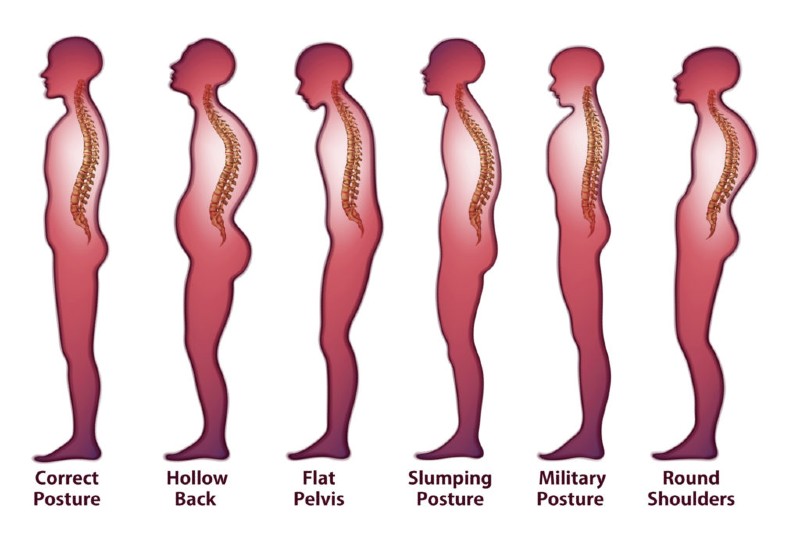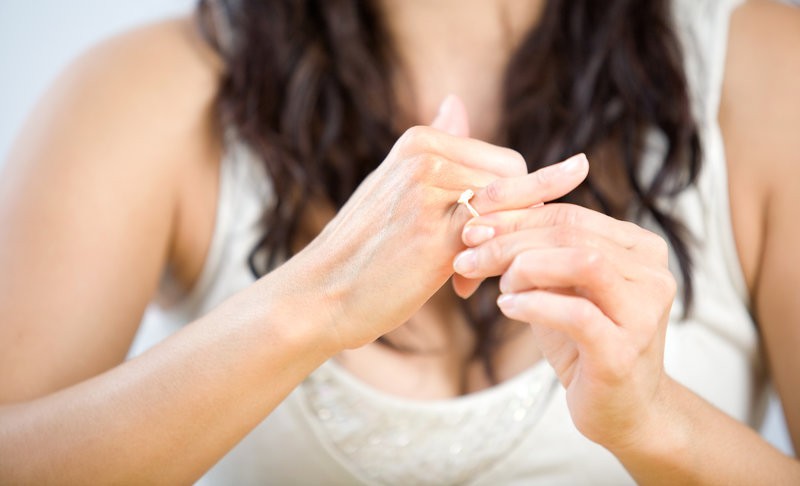6 Examples of Confident Body Language
Body language is a type of nonverbal communication that in several situations is many times more potent than what you actually say. Did you know that someone’s first impression of you takes much less time than the often quoted seven seconds? People take in and assess your appearance and body language in a few seconds flat. According to an article from Carol Kinsey Goman published by Forbes, “studies have found that nonverbal cues have over four times the impact on the impression you make than anything you say.”
If you are cognizant of your body language, such as your posture, eye contact, or hand gestures and design what your body is doing, you have the potential to be in control of the messages you are sending to others, such as approachability, confidence and competence. Invariably, people will respond to you accordingly.
This can be important in both business and personal situations. As the old saying goes, “practice makes perfect.” So, for your practice, here are six tips for improving your body language:
Maintain Eye Contact: According to, The Power of Eye Contact, Your Secret For Success In Business, Love, And Life, by Michael Ellsberg, “Eye contact is a shared experience and one of the most powerful tools in human face-to-face interaction.” What this means is that during a meaningful conversation, looking directly at someone’s eyes demonstrates you are approachable, honest, and listening to what they are sharing with you. Not looking someone in the eyes shows them that you are distracted, uninterested, or uncomfortable with the conversation. Proper shared eye contact will also help you appear more confident. When eye contact occurs both parties are subconsciously aware of pupil dilation in the other person. Large pupils denote interest in the topic or the person and consequently, we tend to like that individual, open up a more fascinating dialogue ourselves and conversation flourishes!
Practice Proper Posture: Standing or sitting straight with your shoulders back and your head held up, nonverbally reflects your confidence. It doesn’t matter how tall you are, when your posture is straight and aligned, instead of shoulders slumped and head down, you will appear in control and confident. According to Lillian Glass, body language expert, “you need to have your head up at all times. Confident people are always looking up, never down at the table, the ground, or their feet.” She continued with a helpful tip, ” pretend that there’s a string holding the crown of your head up.”

This is true of how you stand, too. We lose height at three different parts of the body: neck and shoulders, ribcage, and knees. The ear should be line with the top of the shoulder; the shoulder in line with the hip and ankle bone. To avoid the collapse of the ribs, place a thumb and finger around the waist and lift the ribs, holding the lift for at least two minutes. Practice helps to establish the neuromuscular connection when both brain and musculature learn that this is a permanent position. The knees and thighs need to be pulled up with the bottom tucked. Avoid a militant stance as this would kill off any rapport but a relaxed and balanced figure with easy head movements seems confident yet friendly.
Address Hand Gestures: What you do with your hands is very important in your nonverbal communication. Studies show that the position, movement, and relaxation of the hands can make or break your perceived confidence. You should avoid pointing which may seem aggressive, putting hands in your pockets which communicates that you are uninterested or nervous, placing your hands on your hips which can make you appear impatient, or crossing your arms which can communicate that you are closed off. Instead, consider listening with crossed hands or loosely linked fingers in your lap. When explaining or speaking, a good technique is to imagine lightly holding a beach ball in front of the low to mid-chest and move your hands or arms out in curved movements from that base position. To make a more emphatic point, imagine holding a box followed by straighter fingers and more direct hand and arm movements.
Facial Expressions Matter: An awareness of your normal “resting face” and facial expressions when concentrating or listening can affect how others perceive you and affect your perceived confidence. Take a look in the mirror, or ask others who know you well for feedback to see if you normally frown, smile or have other severe facial expressions. People might feel intimidated and avoid you if you look stern, which can be a barrier to your perceived confidence. To positively connect with others, relax your facial expressions, and practice smiling more until it becomes a normal part of your body language repertoire. A smile that hits the eyes is considered more genuine than a simple smile that involves only the mouth.
Slow Down and Stop Fidgeting: According to Arlin Cuncic of Very Well Mind, consciously slowing down your movements, especially if you struggle with fidgeting, is helpful. Unnecessary movements like repeatedly tapping your foot, twirling your hair, or playing with your pencil, portrays nervousness or anxiety and makes you appear underconfident. Also avoid talking with your hands and fingers anywhere near your face, as it is distracting to your audience and communicates nothing. Hand movements automatically echo and often illustrate the spoken word. Consequently, actors and speakers are taught to use fewer specific gestures that enhance and amplify the spoken message.

Pay Attention to Personal Space: Leaning slightly forward towards the person or people with whom you are speaking, especially in a business environment displays that you are engaged and interested. Maintaining a distance of two to three feet apart is appropriate for a business situation which in Western cultures is about the distance of a comfortable handshake. Other cultures might show discomfort with the proximity, and you will need to adjust to respect their personal space.
If you are presenting to a group, it’s important to “own” your personal space and take up more room. You do this initially by standing still with feet hip-width apart; weight evenly distributed. It is also natural to ease the weight onto one straight leg then slowly transfer to the other. Immediate audience connection is also critical. Rather than flicking your eyes rapidly around the room, your eye contact should be friendly and steady on one individual at a time as your gaze turns to all sections of the audience. Avoid tipping your head or body to the side or rocking forward and back, but keep an upright posture with head, neck, and shoulders relaxed. The wider and more controlled yet relaxed your hand movements, the more confident you appear.
Find out How to Cultivate Your Image
Perfect your nonverbal communication and improve your body language for a more confident you. Contact our expert team at London Image Institute today.



